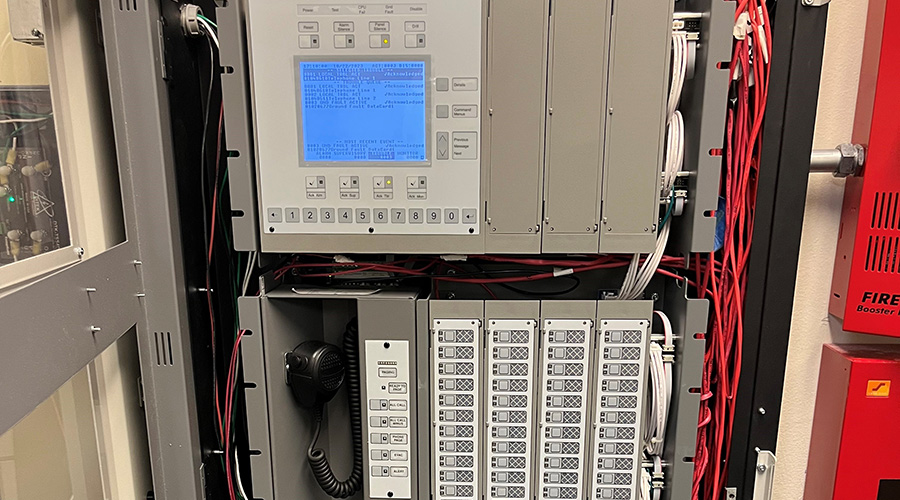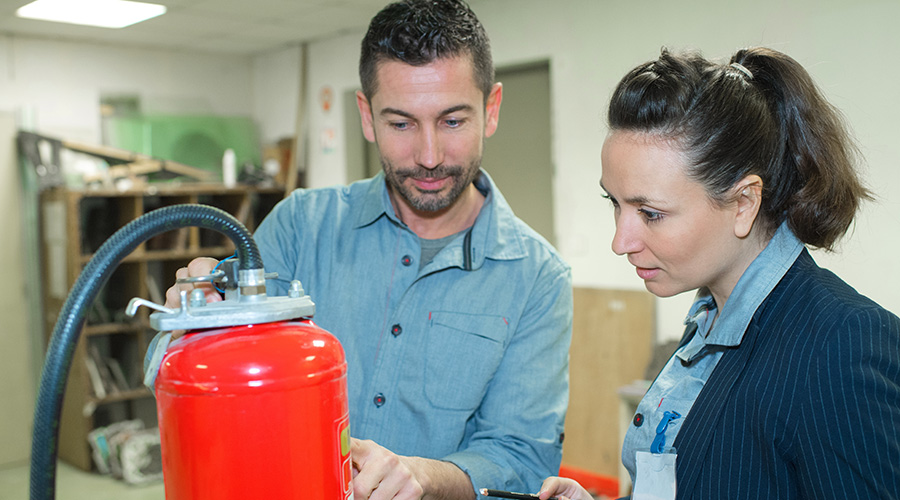Test Srinkler Pressure Gauges
The data obtained from sprinkler system testing is only as valid as the instruments used for measurement. Relying on faulty pressure gauges can produce inaccurate test results. Contractors performing inspection, testing, and maintenance services should be instructed to inspect and test pressure gauges periodically to verify proper operation. Based on NFPA 25, Section 12.2.8, pressure gauges should be inspected every month and replaced with a calibrated gauge or tested every five years to be within 3 percent of the full scale in comparison with a calibrated gauge.
Written records should identify the specific gauges replaced or tested, and records should be maintained for no less than five years after the next inspection, test or maintenance period. Requiring a contractor to inspect and use properly calibrated gauges can prevent the collection of misleading test data.
Performing periodic inspection, testing, and maintenance is important for managing changes in water supply conditions. As a start, facility executives should maintain records that can serve as a basis for monitoring change. Most importantly, a protocol should be developed to identify changes and remedy deficiencies. In the event a sprinkler system is impaired, administrative procedures for notification and mitigation are presented in NFPA 25, chapter 14, and should be included in the protocol.
The protocol should include the investigation procedures for use when a reduction in the water supply is detected. A hydrant flow test upstream of the sprinkler system may serve as a starting point to determine the cause of the pressure reduction. If the water distribution system is adequate, the cause of the reduction is likely to be found between the water utility and the sprinkler system riser. System components from the point of connection, including control valves, backflow preventers, and pressure-reducing valves, should be inspected and tested for proper operation. Additional direction is provided by NFPA 25, chapter 13, for investigating fire protection system piping for possible sources of materials that can cause blockage. After repairs are made, the sprinkler system should be restored and tested to verify hydraulic performance is satisfactory.
Based on international model fire codes, facility executives are obligated to ensure proper inspection, testing, and maintenance of a building’s fire sprinkler system. Responsibility can be delegated to a qualified contractor, but facility executives should stay involved to see that the delegated tasks are being completed properly and on a timely basis. Failure to conduct the required inspection, testing, and maintenance on the critical fire protection systems can result in citations, fines, and possibly business interruption. Improper inspection, testing, and maintenance can also result in undue risk for damages in the event of a fire and improper sprinkler operation.
The successful operation of a fire sprinkler system relies heavily on the available water supply. An inadequate water supply can cause improper operation during a fire. Internationally recognized fire standards are available and provide the requirements for inspection, testing, and maintenance of fire protection systems. Implementing these steps will reduce the potential for an inadequate water supply to remain undiscovered.
Related Topics:















